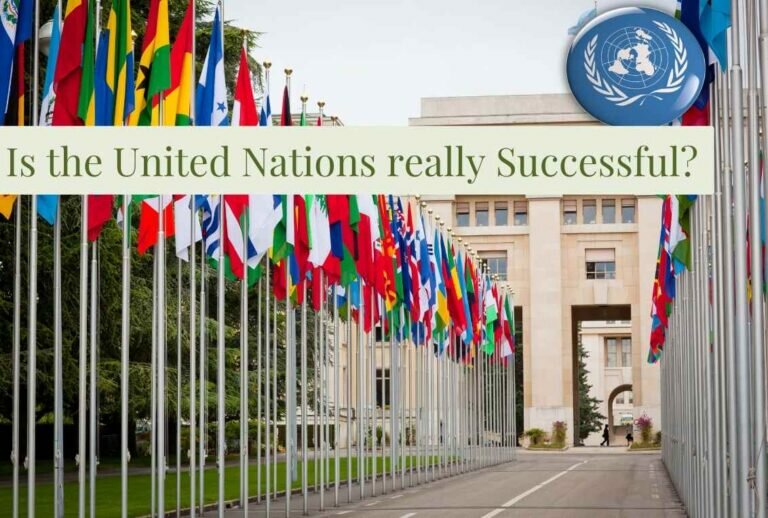Durand Line History: How did it come into Being?
It was the 19th century when this story took place. It was when two superpowers Russia and Britain were ruling the world. The event of dividing Afghanistan and British India with the Durand line deeply affected the region’s people. Durand Line is an international border between Afghanistan & Pakistan. This 2,430 km long border started from Wakhan in the North and goes to the Tri-junction point in the South. This difficult border passes through the high peaks of Hindukush, the rocky hills of Khyber Pakhtunkhwa, and the widespread deserts of Balochistan. Pakistan and the international community consider this border but there is conflict among Afghanis. Let’s discuss Durand Line history:
Historical Background
In the 17th century, the Mughals were reigning in the subcontinent and some parts of Afghanistan. Whereas, in the remaining portion of Afghanistan, there was the rule of the Persian King. In 1707, after the death of Aurangzaib Alamgir, the Mughal Empire weakened. Persian king Nadir Shah took advantage and controlled the whole of Afghanistan. Then, he started controlling some parts of current Pakistan. He went back but while going back to the areas on the West of the Indus river, he added in the kingdom.
After the death of Nadir Shah in 1747, Ahmad Shah Abdali was throned in Kandahar. With this, Afghanistan became independent from the Persian effect. His empire is known as the Durani Kingdom. In his last years, the Durani kingdom got weakened. Then, he died in 1982 and his successors were not able to control the big kingdom. After his death, Ranjit Singh defeated his successors in 1818, and then in 1837, he took control of the areas of Peshawar and Khyber Pass and the whole of Punjab.

Also Read: Earthquake Safety Information by Japan
The Great Game
At that time, Britain had made its influence on the world and was afraid of the growing breakthrough of Russia. It is because Russia was taking control of central Asian states one by one. Britain was afraid of Russia taking away its most important crown i.e. sub-continent. On the other hand, Russia was afraid of Britain taking away its under-control states. Till the next century, their foreign policies, defense policies, and diplomatic relations were based on mutual fear. Both superpowers tried their best to increase their influence in the world. The game of these superpowers is called The Great Game.
After 1835, Russia was encouraged to take Herat. The Governor General of the subcontinent Lord Auckland sent a message to Afghan King Dost Muhammad to do their best to prevent Herat from Russia’s taking control. Although Dost Muhammad wanted the same, he decided to take advantage of the Governor General’s fear. So, he offered the deal to lord Auckland that he will prevent the invasion of Russia. But, in return British will help him in taking control of Peshawar and the Frontier region from Ranjit Singh. Lord Auckland refuted this offer.
Herat was located on the Northwestern side of Afghanistan. To reach this city, they had to go through the whole area of Afghanistan. It was a difficult task. Therefore, Lord Auckland sent ships to the Persian Gulf and took control of the island of Persia. Britain offered a deal to Persia that if they leave Herat, then they can get back their island back. The Persian king accepted this deal and left the siege of Herat. Thus, for the time being, the danger of Russia got over. However, Lord Auckland was disappointed with Dost Muhammad and he decided to take revenge.
First Anglo-Afghan War
British, Punjab’s Maharaja Ranjit Singh, and the former Afghan King Shah Shuja invaded Afghanistan through an agreement. And, they appointed Shah Shuja the King of Afghanistan. After this, Britain appointed a small number of army personnel kept in Kabul to help Shah Shuja. The remaining army was called back to India. In 1841, Afghans revolted and started killing the British army and representatives. Thus, the first try of the British to take control of Afghanistan got failed. In 1843, Dost Muhamamd came back and became the king of Afghanistan again.
In 1848, the British took control of Punjab from Sikhs and it became a province of British India. Thus current Khyber-Pakhtunkhwa also came under the control of the British. Therefore, Britain became a direct neighbor of Afghanistan. In 1855, once again Persia took control of Herat and Kandahar with the support of Russia. Dost Muhammad wanted the help of the British army. British was already in the chance of it. Then, they signed an agreement called the Treaty of Peshawar in 1855. Thus, diplomatic relations between both of them were restored. Moreover, Afghans considered Peshawar and the Frontier region of British India. In 1857, ultimately Afghans took control of Herat and Kandahar back with British support.
After the death of Dost Muhammad, in 1863, his son Sher Ali took the throne of Kabul. He was against the British and has a tilt toward Russia.
Also read: Tourism in Pakistan: Opportunities & Contribution to Economy
Advancement of Russia and Afghans’ Revolt and Second Angl-Afghan War
In 1878, when the British came to know that Russia’s diplomatic mission met with Sher Ali, they demanded to Sher Ali to accept their mission also. Sher Ali refused to meet with the British mission. And, on Khyber Pass Afghan army was prevented to enter British Mission. Lord Lilithon, the Governor General of that time decided to take revenge for it. Thus the second anglo-Afghan war took place. After the death of Sher Ali, his son Yaqoob Khan took the throne and some agreements happened between the Afghans and the British. A little time passed and the chief of the British mission was killed. The British army took action and quelled this revolt.
There was doubt that Yaqoob khan was involved in this. therefore, he was exiled to British India. Then, they decided to give the throne to Sher Ali’s nephew Abdul-Rehman. Abdul Rehman restored Afghanistan’s peace and took proper control of Afghanistan.
Anglo-Russian Boundary Commission and Durand Line Agreement
In 1884, Russia invaded the area of Turkmenistan in the North of Afghanistan. Britain got afraid of Russian taking control of Herat. It was a nightmare for them. Britain suggested a piece of advice to Russia that to prevent any direct conflict between the two powers, they should make Afghanistan a buffer zone. It decided that it would be right to do to prevent any kind of direct conflict in the future. Russia also conceded to this. However, it was difficult to make Afghanistan a buffer zone without defining a clear boundary. That’s why it was decided to draw the border between Russia and Afghanistan.
For the demarcation of this border, an Anglo-Russian border commission was made. In this commission, there were Russian and British representatives. In this border demarcation, Afghans were not participating directly. This took 3 years to complete. After this, the border was clear between Russia and Afghanistan.
Afghan leader Abdul Rehman wrote a letter to the British government and asked for some soldiers to send to Afghanistan. He wanted to draw a border between British India and Afghanistan also. British also wanted to settle this matter. Therefore, Viceroy Lord Lansdowne sent a mission under the leadership of Sir Mortimer Durand.
Also Read: US-China Rivalry: Asia Pacific next Battleground?
Agreement
During the discussion, the Afghan leader wanted Asmar the part of Afghanistan. it is because it had strategic importance for Afghanistan. This way where Afghans could access Norristan and Afghanistan’s eastern areas. Sir Durand accepted this demand and in return British took the areas of Bajaur, Dir, and Swat. Similarly, the Afghan leader also accepted the British demand to take control of Chaman and Chaghi. Thus, all matters got resolved easily.
Ultimately, on 12 November 1893, both parties signed the agreement which is known as Durand Line Agreement. And the border is called Durand Line. In this agreement, an 18 lac subsidy was also decided to give to Ameer Abdul Rehman.
Aftermath Agreement
After the death of Ameer Abdul Rehman, his son Habibullah Khan was throned in 1901. Viceroy Lord Curzon offered to visit Hindustan and renew the agreement. He refused to do so. He said he was aware of the agreement made by his father and he will continue to accept that agreement. Lord Curzon found this reaction unsatisfied and he stopped the subsidy to Habib Ullah Khan. Lord Curzon visited Kabul and conceded a new decision made with Habib Ullah Khan. Ultimately, both parties signed a new agreement on 21st March 1905. It was a modified form of the previous agreement. It was also between the Afghan government and the British government. That’s why it was also implemented till 1919 when Habibullah khan died.







